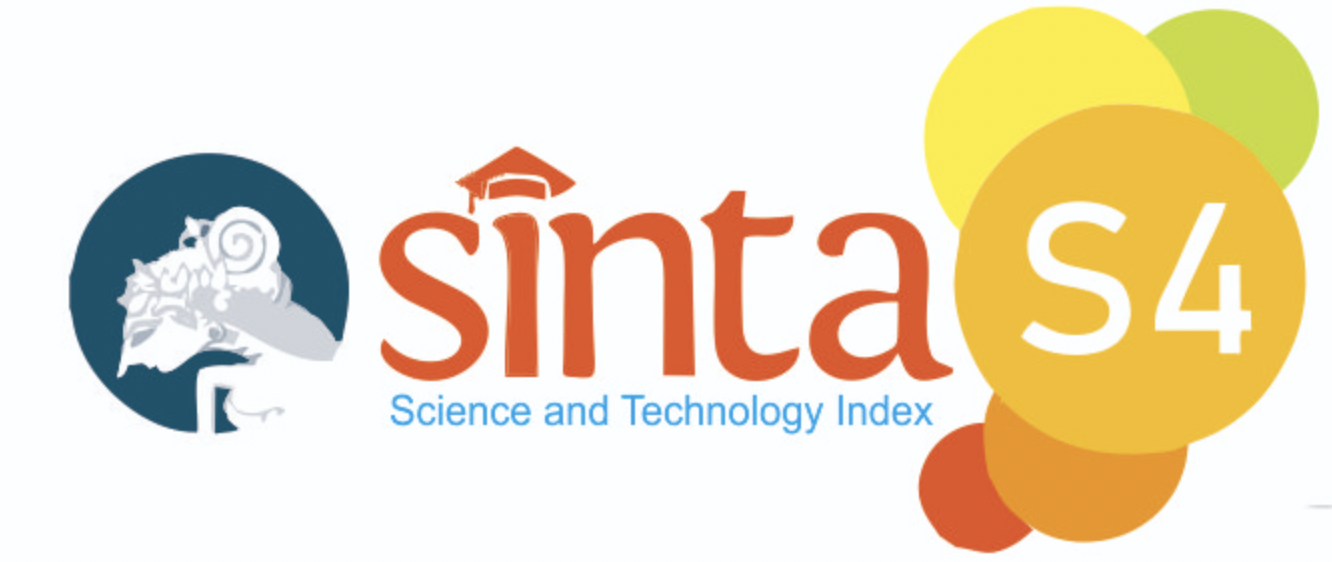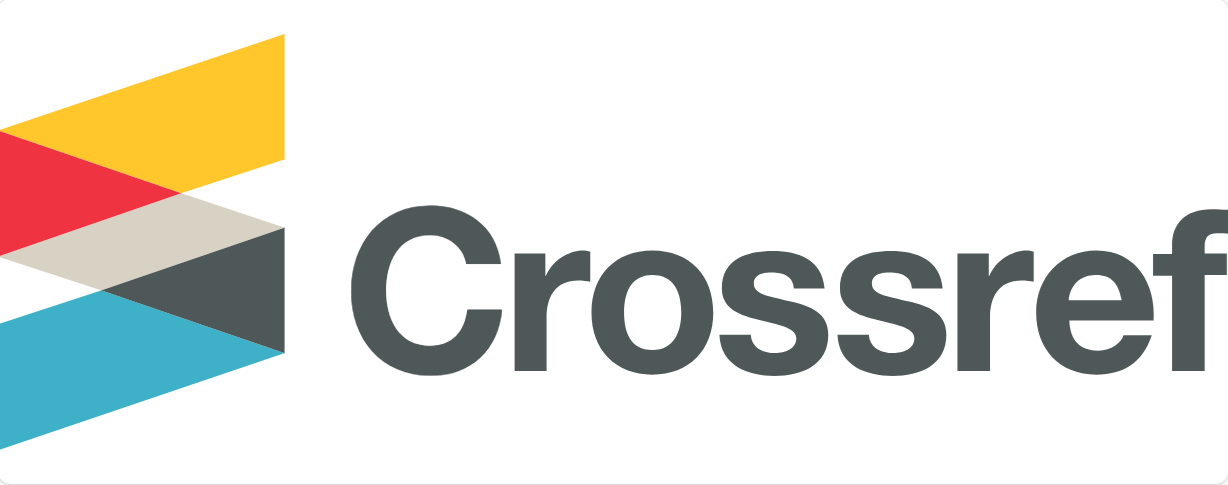Abstract
This article discusses the role of social media towards library and information science (LIS) students’ information behaviour in responding health issues. This is a quantitative study with survey method to collect the data. The survey was distributed to LIS students of Universitas Indonesia in March 2020. The result shows that social media affects students’ information behaviour. The finding also shows that almost all of the students could fulfil their information needs and could distinguish original information and hoaxes on social media, and students did not directly disseminate the information before reading the whole content of the information carefully. Most of the students also checked the information source being used. There is an interesting finding that students preferred to upload personal opinion related to the information they read through their personal social media account than to give opinion on comment box.
Bahasa Abstract
Artikel ini membahas mengenai peran media sosial terhadap perilaku informasi mahasiswa dalam menyikapi isu kesehatan. Penelitian ini merupakan penelitian kuantitatif dengan teknik pengumpulan data melalui survei. Survei dilakukan kepada mahasiswa Program Studi Ilmu Perpustakaan Universitas Indonesia angkatan 2016 yang telah mengikuti mata kuliah literasi informasi. Hasil penelitian menunjukan bahwa peran media sosial dapat mempengaruhi perilaku informasi mahasiswa. Hampir seluruh mahasiswa dapat memenuhi kebutuhan informasinya, membedakan informasi asli dengan informasi hoaks pada media sosial, dan mahasiswa tidak langsung menyebarkan informasi sebelum membaca dengan teliti dan keseluruhan isi dari informasi tersebut. Sebagian besar mahasiswa juga memeriksa sumber informasi yang digunakan. Temuan yang menarik ialah mahasiswa lebih memilih mengunggah opini terkait informasi yang dibaca melalui akun pribadi media sosial yang dimiliki dibanding memberikan opini pada bagian kolom komentar.
References
- Albarran, Alan, B. (2013). The Social Media Industries. New York: Routledge Taylor & Francis Group.
- APJII. (2019). Penetrasi & Profil Perilaku Pengguna Internet Indonesia Tahun 2018. Apjii, 51. www.apjii.or.id
- Batchelor, O., & Batchelor, O. (2017). Getting put the truth: the role of libraries in the fight against fake news. Reference Services Review, 45 (2), pp.143-148, https://doi.org.10.1108/RSR-03-2017-0006
- Batley, S. (2007). Information Architecture for Information Professionals. Chandos Publishing.
- Case, D. O. (2016). Looking for information: a survey of research on information seeking, needs, and behavior (4th ed). Emerald.
- Creswell, J. W. (2014). Research Design: Qualitative, Quantitative, and Mixed Methods Approaches (4th ed). SAGE Publication, Inc.
- Fuchs, C. (2017). Social media. In SAGE Publication (Vol. 58, Issue 10). https://doi.org/10.3928/08910162-20100928-02
- Ibenne, S.K, Simeonova, B., Harrison, J & Hepworth, M. (2017). An Integrated Model Highlighting Information Literacy and Knowledge Information in Information Behaviour. Aslib Journal of Information Management, 69 (3): pp. 316-334 DOI 10.1108/AJIM-09-2016-0148
- Nasrullah, R. (2017). Media Sosial: Prespektif Komunikasi, Budaya, dan Sosioteknologi. Simbiosa.
- Rachman, M. A. (2019). Assessing library science programme students’ method in countering hoax on social media. Library Philosophy and Practice, 2019.
- Rachman dan Laksmi. (2017). Houswife Information Literation in Responding Hoax Information in the Health Field in Social Media. Procceding of UI SCHOLAR SUMMIT 2017.
- Rachman, Yeni Budi & Putri, Dinda Ayunindia (2018). Social media application in Indonesian academic libraries. Webology, 15(1), Article 162. http://www.webology.org/2018/v15n1/a162.pdf
- Safitri, H. (2017). perilaku pencarian informasi mahasiswa pascasarjana UHAMKA.
- Stockemer, D. (2019). Quantitative Methods for the Social Sciences. In Quantitative Methods for the Social Sciences. https://doi.org/10.1007/978-3-319-99118-4
- Sugiyono. (2015). Metode Penelitian Kombinasi (Mix Methods). Alfabeta.
- Yaşin, B., & Özen, H. (2011). E-health information search intentions of Turkish internet users. International Journal of Pharmaceutical and Healthcare Marketing, 5(2), 135–152. https://doi.org/10.1108/17506121111149244
- Yusup, P. M. (2010). Teori dan Praktik Penelusuran Informasi. Kencana.
Recommended Citation
Hajar, Herni Wisnumurti and Rachman, Margareta Aulia
(2020)
"Peran Media Sosial pada Perilaku Informasi Mahasiswa dalam Menyikapi Isu Kesehatan,"
Jurnal Ilmu Informasi, Perpustakaan, dan Kearsipan: Vol. 22:
No.
2, Article 4.
DOI: 10.7454/JIPK.v22i2.004
Available at:
https://scholarhub.ui.ac.id/jipk/vol22/iss2/4
Included in
Archival Science Commons, Collection Development and Management Commons, Information Literacy Commons







